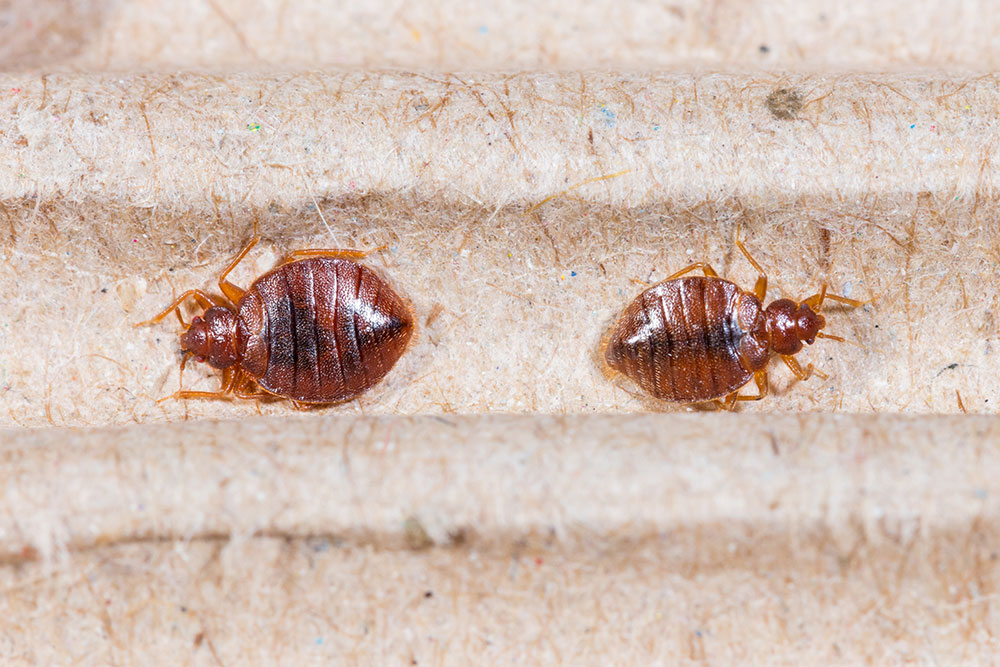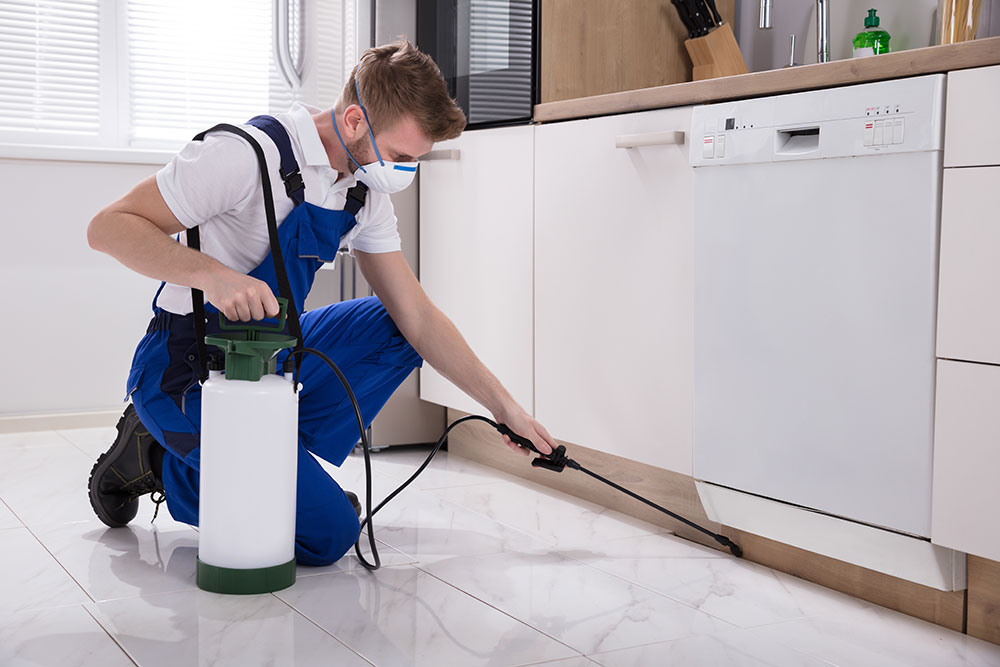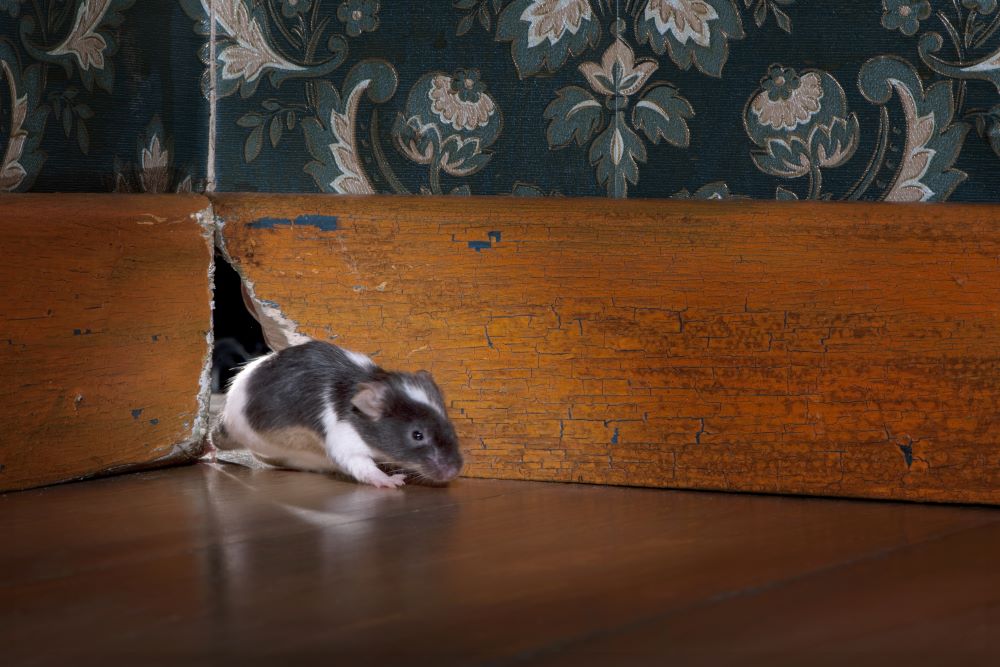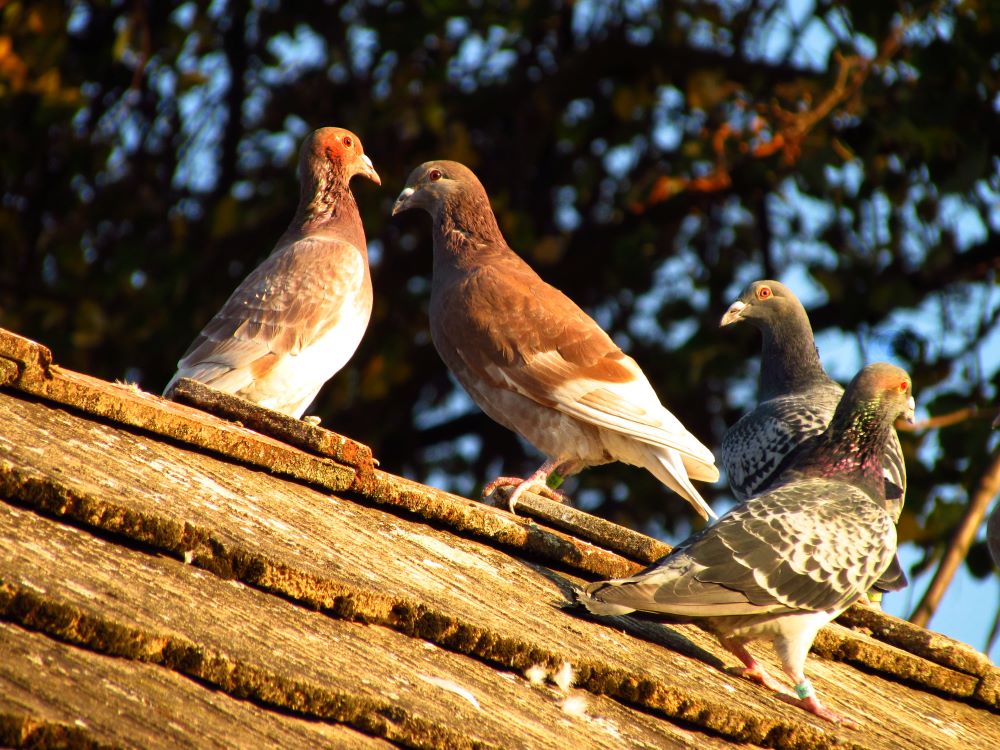The cimex lectularius, better known as the bed bug, is a real scourge for the inhabitants of Quebec. Infestation cases are on the rise all the time in the province, so no one is safe. If you notice these insects in your home, you need to act quickly to stop the infestation early and prevent it from spreading to your neighbours.
Do you know what to do in case of an infestation? Do you know what treatments are needed to eradicate these bed bugs? Discover the advice of our pest control experts to get rid of bed bugs for good.
Bed bugs: a tough insect that is not easy to get rid of
Eliminating bed bugs is a very complex process. Because these insects are becoming increasingly resistant to extermination procedures, or nest in spaces that can be difficult to access, it can be very difficult to get rid of them.
There are therefore several treatments available, although it will often be necessary to combine a number of insect control measures to overcome them.
Use steam to eradicate cimex lectarius
Bed bugs are not very fond of extreme heat. Therefore, a heat treatment is recommended to get rid of these crawling insects and disinfect all items or rooms contaminated by their presence.
Using a dryer for all household linens or bedding will allow you to kill bed bugs, and other mites, located there. Unfortunately, this appliance has its limits, especially for everything that doesn’t fit in it. A commercial-grade dry steam machine, which can produce very high temperatures, is therefore recommended to complete the treatment of rooms, furniture and items that cannot go into the dryer. However, to be effective, this device must be able to rise to a temperature above 300 degrees Fahrenheit, because even if a temperature of more than 120 degrees is enough to kill bed bugs, the heat released must be able to kill pests that are hidden deeper in fabrics and in the gaps in your floors or walls. If the power of your steam appliance is not high enough, bed bugs or eggs can survive and the infestation can resume once the treatment is complete.
End the infestation with chemical treatment
Chemical treatments are another method that can be used to combat bed bugs. Various products and insecticides can be used to treat the infestation, such as Diatomaceous earth, boric acid and pyrethroids, to name just a few. However, keep in mind that not all insecticides are equally effective, and that products with higher yield against bed bugs may be reserved for professional use. When these insect treatments are available to all, every precaution should be taken when applying them without the help of a professional, since they can still be a health hazard to the occupants.
Hire a professional exterminator for long-lasting and safe treatment
Without a doubt, hiring a professional exterminator is the most effective way to get rid of bed bugs. The reason? A pest management expert can use different, often complementary, extermination methods to eliminate pests. They can use both heat and chemical treatments to control the infestation, while ensuring that residents are not at risk throughout the extermination process. In addition, they have all the technical knowledge and tools or products necessary to stop the infestation. They will give you all the step-by-step instructions to determine the source of the problem and set up extermination and decontamination procedures after treatment to enable you to restore a healthy environment.
Getting rid of bed bugs is not so easy
Bed bug infestations can be common in Quebec. If preventive techniques or treatments against these pests have not worked, a professional exterminator will be your best means of stopping the infestation.
Don’t wait for the problem to escalate and ask for a free quote. The Boisvert Gestion Parasitaire team will be pleased to provide you with information.




